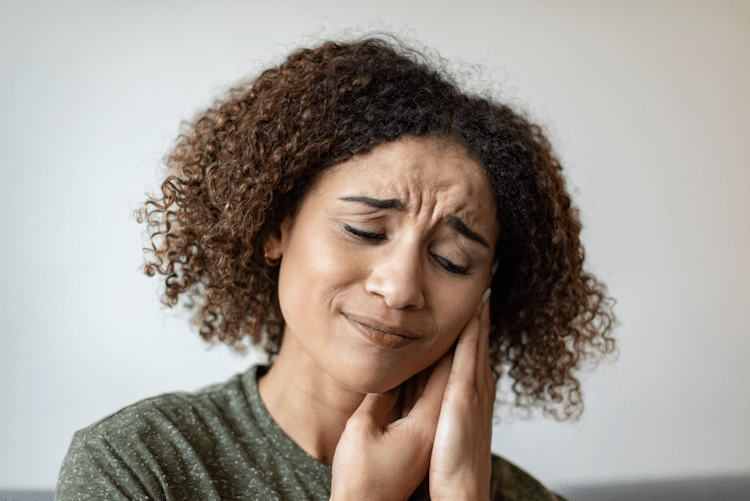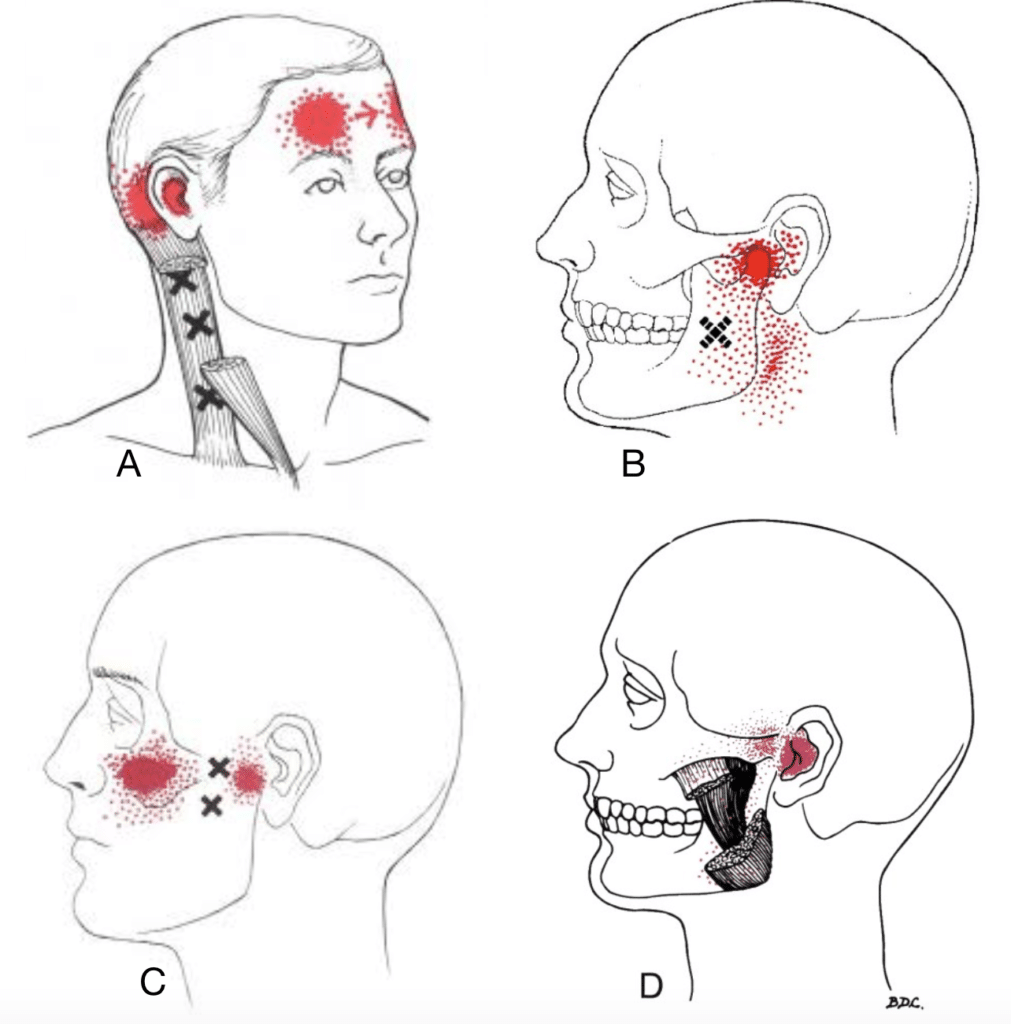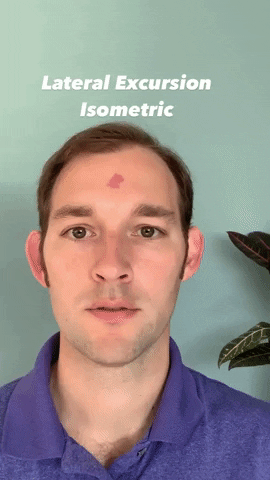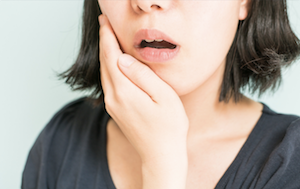Almost anyone that has traveled in an airplane knows the sensation of your ears filling with pressure. If you are unfamiliar with air travel, maybe you live in a mountainous region and have experienced this ear pressure when driving up to higher elevations. You probably have some sort of trick, whether to yawn or chew gum, to find that wonderful relief when your ears “pop.”
What happens when you don’t get that sought after relief? It can be very frustrating when your usual trick doesn’t work for you. You’re stuck with this pressure or fullness in your ears that some describe as feeling like they are underwater. Your hearing may also be muffled as if you have ear plugs or cotton balls shoved into your ears.

Unfortunately for some, this dreaded sensation can occur without the change in altitude. If you were able to read my earlier post “Why Your Ear Ache May Actually Be Your TMJ,” you learned that ear pain is a very common symptom of “TMJ,” or TMD (temporomandibular disorder). Ear pressure and fullness is yet another very common symptom of TMD!
After desperately trying everything a person can think of to unclog their ears of this pressure, people typically seek out professional medical advice. First stop is likely with a family physician who will check out your ears. If everything looks alright, you will probably be passed along to see either an ENT or an audiologist. Both are likely to assess for hearing loss, as this can be an indication of various other diagnoses.
Fortunately, your hearing test did not show any issues. So now what?
As mentioned earlier, ear pressure and fullness are common symptoms of TMD. It is best not to skip seeing the other health care providers because you assume you have TMD. It is more likely that you have TMD if you also have one or more of these common symptoms: jaw pain, facial pain, headaches, clicking/popping/locking of the jaw, painful mouth opening, painful chewing, or neck pain. You may not have any pain at all, but rather have limitations in mouth opening, difficulty chewing, or trouble with performing dental hygiene.
What is Causing the Ear Pressure?
If your ears are in fact healthy and clear of infection or debris, a likely cause of this pressure is the muscles of your jaw.
The sternocleidomastoid (SCM), masseter, and medial and lateral pterygoid muscle can all cause symptoms in the ear. They can refer pain, pressure, fullness, and tinnitus (ringing) to your ear. Symptom referral is when a symptom occurs in an area away from the location of the cause. Example: A person is experiencing left arm pain with a heart attack. There is nothing actually going on with their arm. The person’s heart is referring pain to the arm.

These muscles of your jaw and neck often cause referred symptoms because of increased tension or “guarding”. Guarding typically occurs when a muscle is trying to protect itself or other structures. It may also be due to certain muscles compensating for others that are not doing their jobs as well as they should.
What Can I Do About This?
Any easy way to start managing your ear pressure is with this exercise:

The lateral excursion isometric exercise forces the activation and engagement of the lateral and medial pterygoid muscles. By stressing these muscles with exercise, they often relax and learn how to do their jobs instead of bothering you!
Keep in mind that every individual’s situation is different. This exercise may be a helpful start for you, but there are usually many factors that lead to the symptom of ear pressure.
If you are experiencing chronic ear pressure or fullness, please feel free to reach out so we can discuss your situation. There are conservative treatment solutions for you! You can get to us through email, phone, or check us out on Instagram and Facebook. Stay tuned for more information on TMJ disorders.


